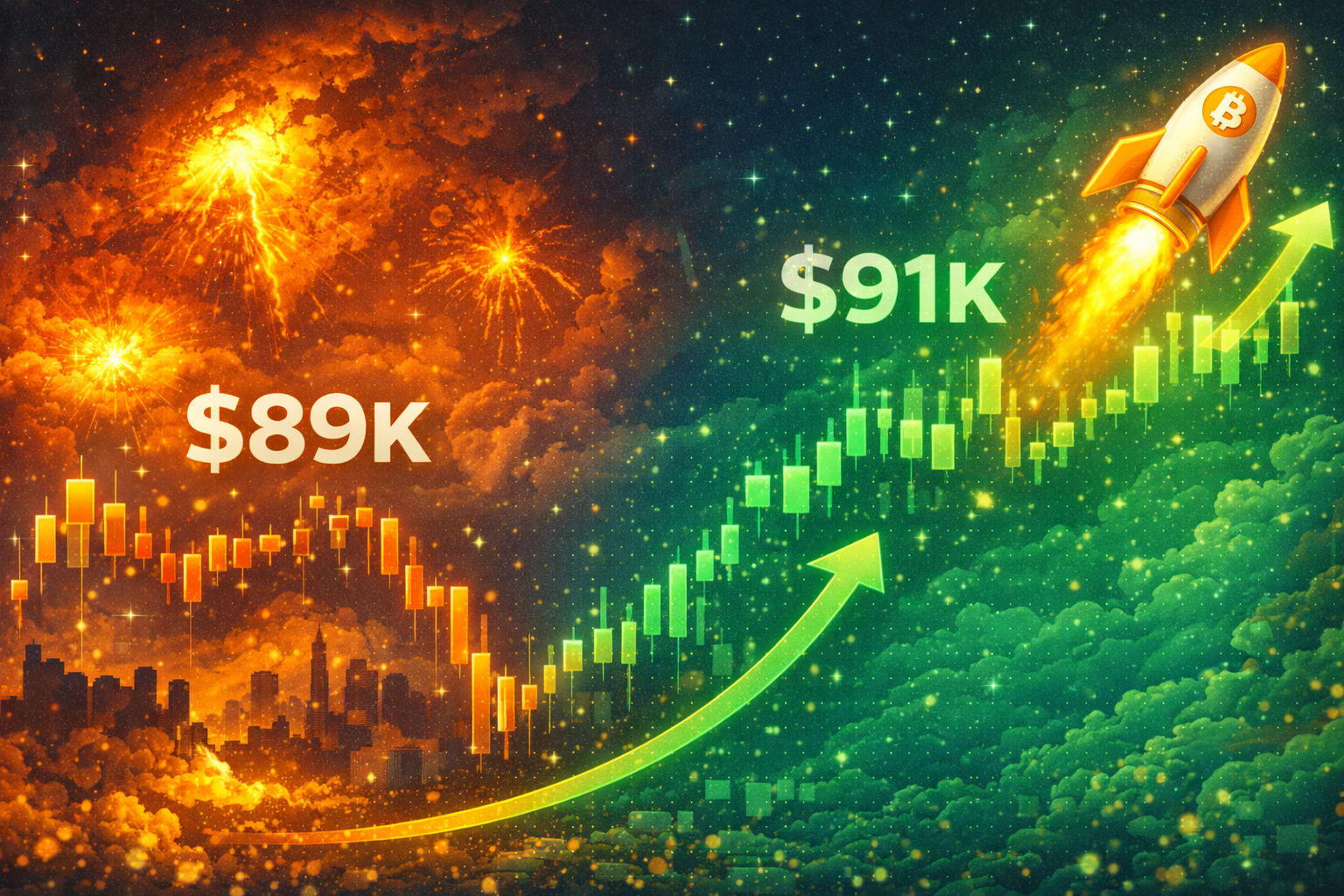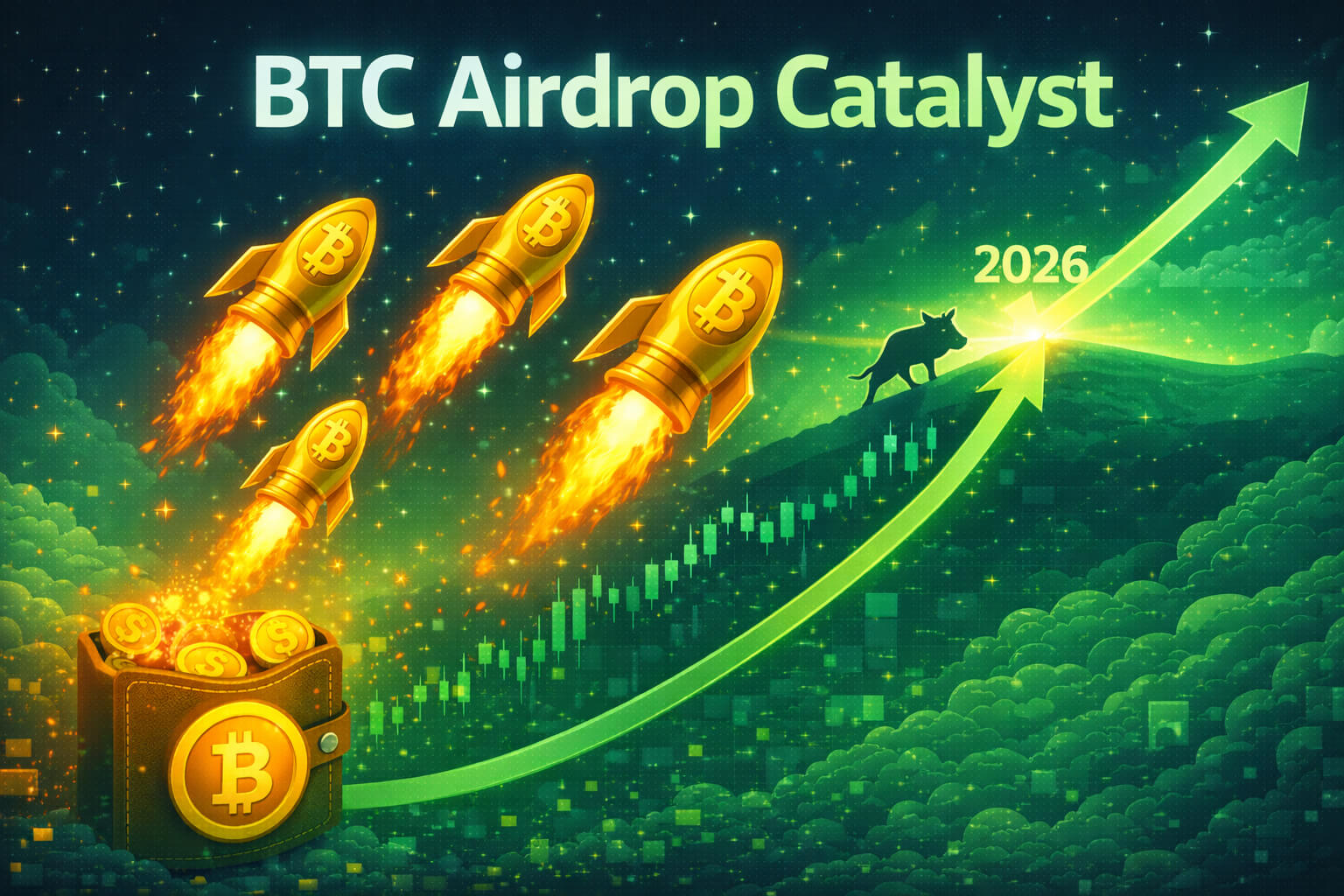The Terra Luna Crash: What Happened and Why?
The Terra Luna crash stands as one of the most significant events in recent cryptocurrency history. This detailed analysis explores the causes behind the crash, its impact on the market, and the latest developments in the aftermath. Understanding these factors can provide valuable lessons for the crypto community.
Introduction
Terra Luna, once a promising project within the cryptocurrency space, experienced a dramatic crash that shocked investors and traders alike. This article delves into the events leading up to the Terra Luna crash, the key reasons behind its downfall, and the implications for the broader crypto market.
Background of Terra Luna
Terra Luna was launched by Terraform Labs, co-founded by Do Kwon and Daniel Shin, as a blockchain protocol for stablecoins and decentralized finance (DeFi) applications. The Terra network aimed to create a more efficient financial system by leveraging its native stablecoin, TerraUSD (UST) and the Luna token, which supported the stability of UST.
The Events Leading Up to the Crash
Rapid Growth and Popularity
Terra Luna gained rapid popularity due to its innovative approach to stablecoins and high-yield DeFi applications. The ecosystem’s growth attracted significant investment and user adoption, driving the price of Luna to new heights.
Signs of Instability
Despite its success, concerns about the stability of Terra’s algorithmic stablecoin, UST, began to surface. Critics pointed out potential vulnerabilities in the algorithmic design, which relied on the value of Luna to maintain UST’s peg to the US dollar. Any significant market downturn or loss of confidence in Luna could destabilize the entire system.

The Crash
UST Depegging
In May 2022, UST lost its peg to the US dollar, triggering widespread panic among investors. The depegging occurred due to a combination of factors, including large-scale withdrawals, market volatility, and underlying weaknesses in the algorithmic mechanism. As UST’s value plummeted, the demand for Luna surged as part of the stabilization mechanism, leading to hyperinflation of the Luna supply.
Hyperinflation of Luna
The hyperinflationary spiral caused Luna’s price to crash from over $80 to less than a cent within days. The rapid dilution of Luna’s value rendered the token nearly worthless, exacerbating the panic and further destabilizing the Terra ecosystem.
Impact on the Cryptocurrency Market
Investor Losses
The Terra Luna crash resulted in substantial financial losses for investors and traders. Many lost their entire investments as the value of Luna and UST collapsed. The incident highlighted the risks associated with algorithmic stablecoins and the potential for rapid market downturns.
Market Confidence
The crash shook confidence in the broader cryptocurrency market, leading to increased scrutiny of other stablecoin projects and DeFi platforms. The event underscored the importance of robust risk management and transparent governance in the crypto space.
Lessons Learned
Importance of Stability Mechanisms
The Terra Luna crash emphasized the need for stablecoins to have reliable and resilient stability mechanisms. Over-reliance on algorithmic designs without sufficient safeguards can lead to catastrophic failures.
Transparency and Communication
Transparent communication from project teams is crucial during times of crisis. Terraform Labs faced criticism for its handling of the crisis, with many investors feeling left in the dark. Clear and timely communication can help manage panic and provide a path toward recovery.
Diversification and Risk Management
The crash underscored the importance of diversification and risk management for investors. Relying heavily on a single project or token can lead to significant losses if that project encounters issues. Diversifying investments across multiple assets and sectors can mitigate risks.
Latest Developments
Recovery Efforts
In the wake of the crash, efforts have been made to stabilize the Terra ecosystem and compensate affected investors. Terraform Labs has proposed several recovery plans, including token burns, buybacks, and new governance mechanisms to restore confidence.
Regulatory Response
Regulators have taken note of the Terra Luna crash, leading to increased calls for oversight and regulation of stablecoins and DeFi platforms. The incident has accelerated discussions on creating a regulatory framework to protect investors and ensure market stability.
Conclusion
The Terra Luna crash serves as a sobering reminder of the risks and challenges inherent in the cryptocurrency market. While it caused significant financial losses and shook investor confidence, it also provided valuable lessons on stability, transparency, and risk management. By learning from these lessons, the crypto community can work towards building a more resilient and trustworthy ecosystem.
For more in-depth analyses and guides on cryptocurrency security and best practices, visit our crypto guides and news page.
Consider using platforms with robust security measures. For advanced trading features, claim up to $30,000 in rewards by signing up with Bybit.
Stay Updated
For the latest airdrops and crypto news, follow us on:
Stay informed with the latest updates, analyses, and strategies to help you navigate the world of cryptocurrency at FreeCoins24.io. For detailed reviews and ratings of various exchanges, visit our exchanges page.

















